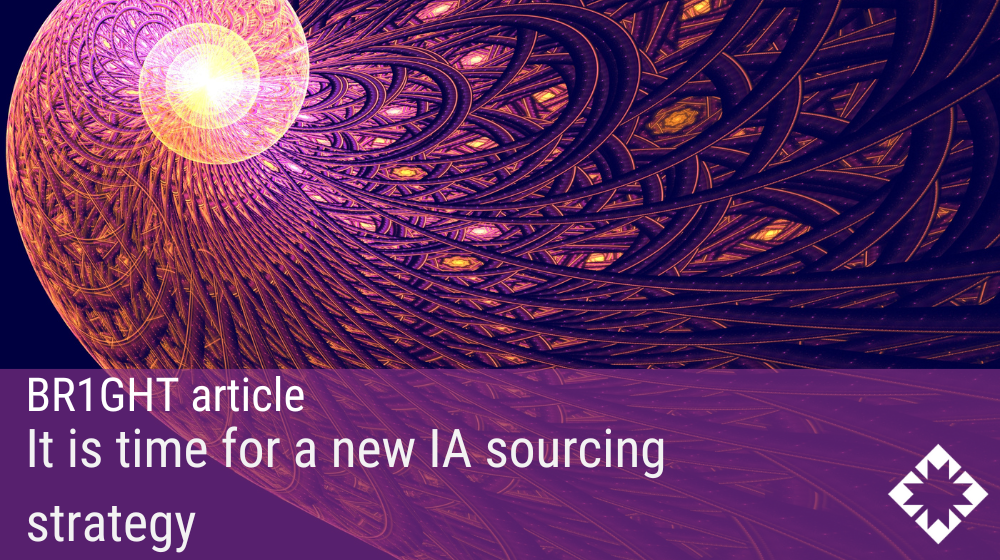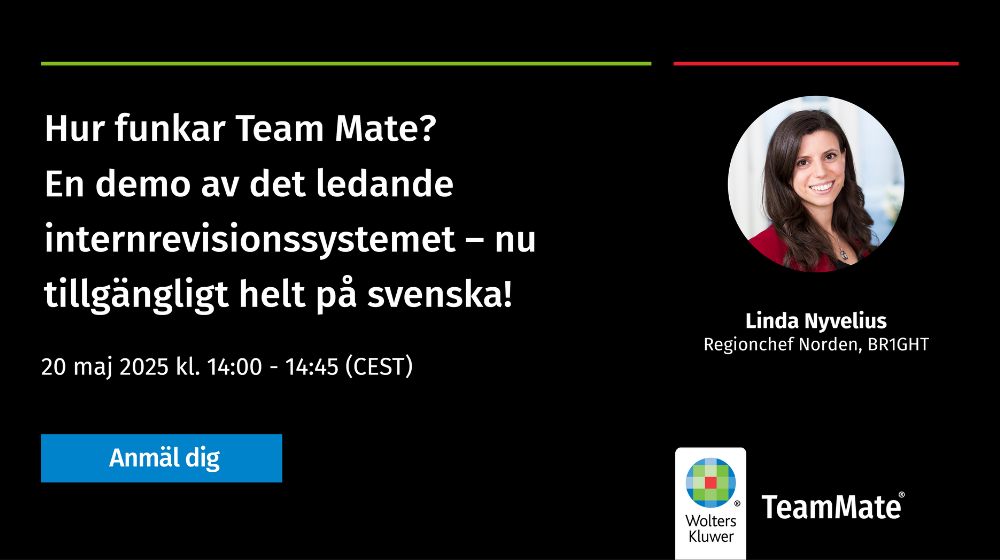An important challenge for internal audit functions of limited size is to be effective. Due to their limited size, these internal audit functions often do not have the necessary knowledge and competencies for the planned assurance and advisory assignments. Another hindrance in fulfilling the internal audit function is the availability of audit professionals in the current tight labour market. Finally, smaller internal audit functions offer their audit professionals fewer opportunities to develop further, which can result in higher staff turnover. To enable the internal audit function (IAF) to perform optimally again, it is time to revise the sourcing strategy.
Every organisation should periodically reconsider the sourcing of the IAF because a new sourcing model can contribute to further professionalisation of the IAF, allowing better responses to changing stakeholder demands, organisational changes, and emerging risks. This article provides insight into the different sourcing models of the IAF and the pros and cons of the co-sourcing model. If an organisation opts for a co-sourcing model, this article provides guidance on tendering for a co-sourcing partner for internal audit services.






